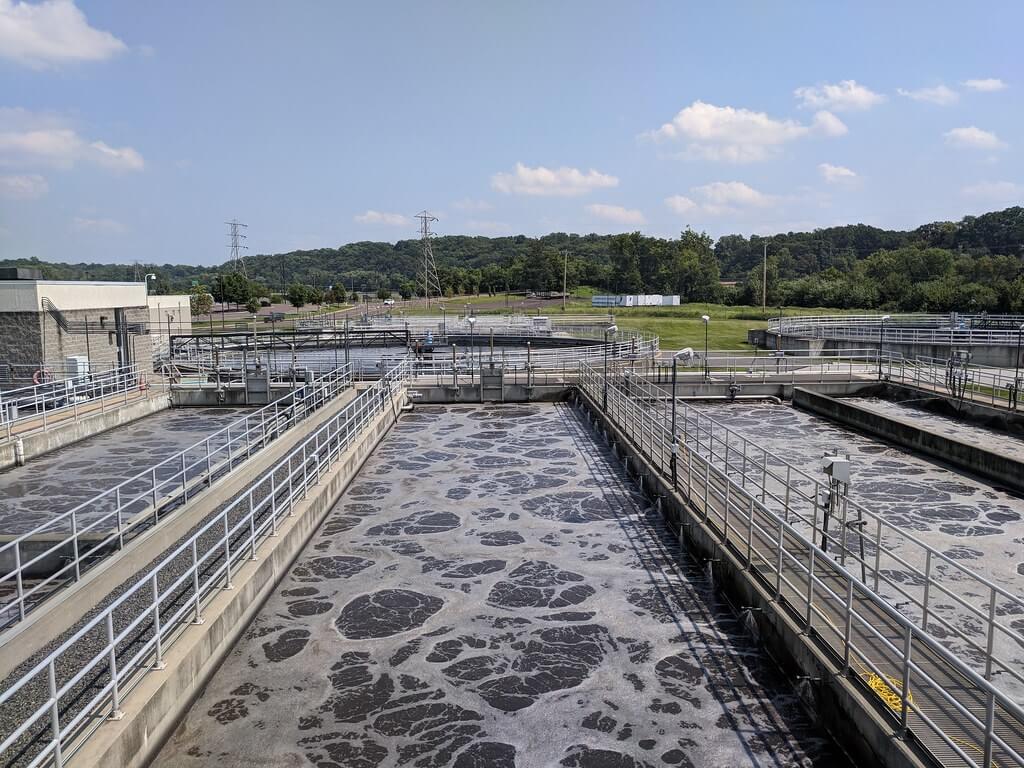What is a Sewage Treatment Plant (STP)?
A Sewage Treatment Plant (STP) is a specialized facility designed to process and purify wastewater, making it safe for the environment. It plays a critical role in water management, ensuring that treated water can be reused for various non-potable purposes.
How does an STP work?
An STP operates through a series of phases:
- Preliminary Treatment: This phase involves the removal of large debris and solid objects from the wastewater.
- Primary Treatment: Here, the separation of solids and grease occurs, leaving cleaner water.
- Secondary Treatment: Biological processes are employed to further clean the water, with the assistance of indigenous microorganisms.
- Tertiary Treatment: This final stage purifies the water, removing pathogens, nitrogen, and other contaminants through various methods, such as chemical disinfection and filtration.
What are the regulatory norms for STPs?
STP regulations have evolved over the years. In metro cities, it's mandatory for housing projects to have functional and compliant private STPs, and stricter standards were reintroduced in 2019. These standards cover parameters like Biochemical Oxygen Demand (BOD) levels, pH values, Total Suspended Solids, Nitrogen, Chemical Oxygen Demand (COD), and Fecal Coliform levels, ensuring the quality of treated effluent.
What about maintenance of STPs?
Maintaining STPs is crucial for their effective operation. Regular activities include desludging, component checks, and ensuring the integrity of various parts. Additionally, STPs require a "Consent For Operation" from state pollution boards, which must be renewed every five years, following a thorough inspection.
Are there eco-friendly alternatives to conventional STPs?
Yes, eco-friendly options like Bio STPs and Soil Bio Technology-based STPs are gaining popularity. These systems use natural processes, reduce electricity consumption, and offer low maintenance costs. They produce biogas for various purposes, making them more sustainable and cost-effective in the long run.




